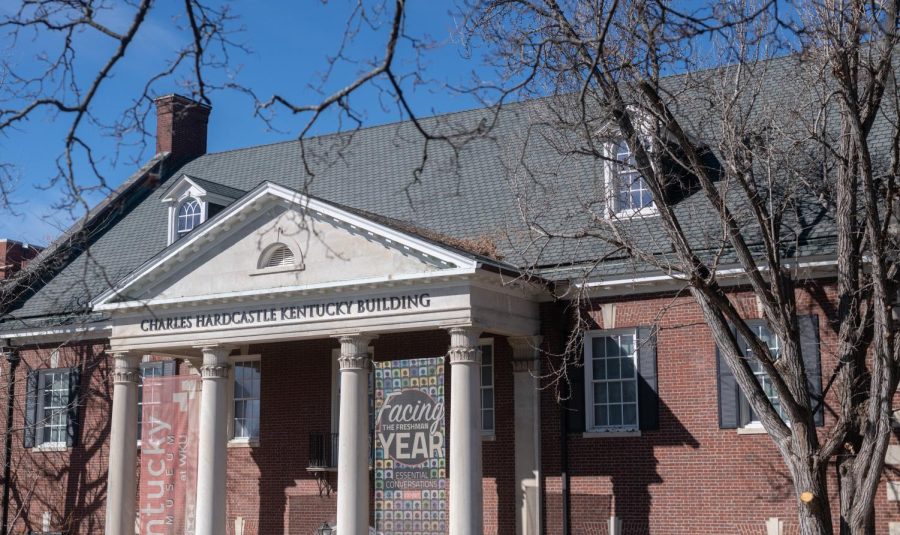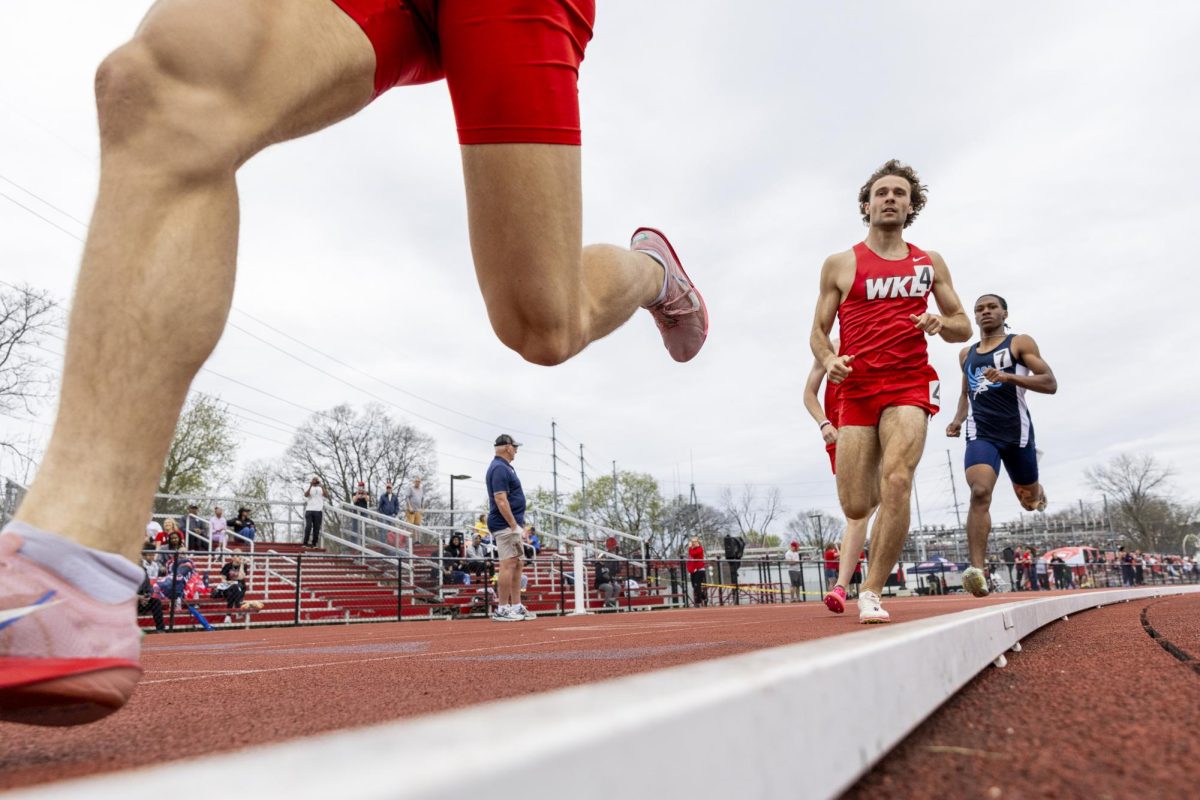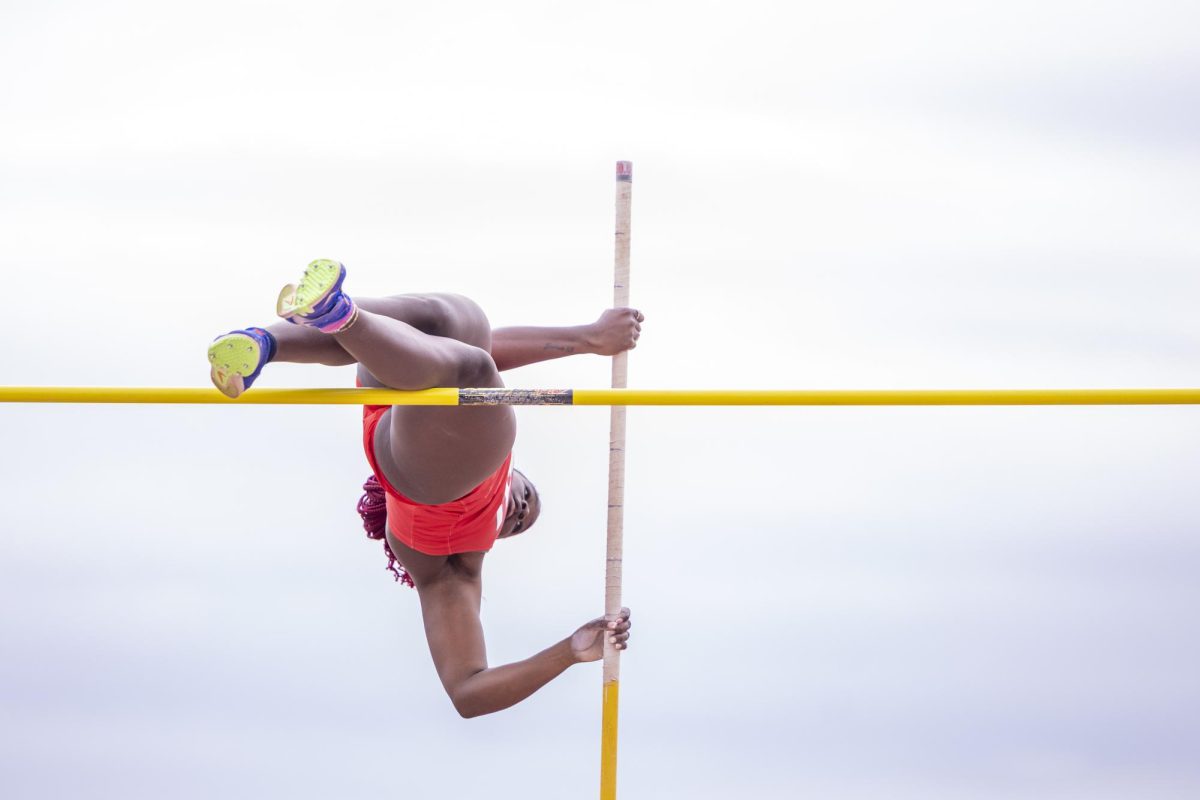Kentucky Museum receives grant to open ‘Sonic Landscape’ exhibition
WKU’s Kentucky Museum is seen Monday, Feb. 6, 2023 on the WKU campus in Bowling Green, Ky.
June 20, 2023
The Kentucky Museum, in association with the Kentucky Folklife Program, recently received a $75,000 grant for a “Sonic Landscape” exhibition, which will celebrate southcentral Kentucky’s musical heritage.
The groups received the grant from the Bowling Green Area Convention & Visitors Bureau, which will support the creation of the exhibition, set to open in early 2025. It will replace the current Mammoth Cave exhibit at the museum and covers the musical culture of Warren County and surrounding areas.
The exhibition is based on oral history interviews and documentation by the folklife programs in Kentucky and at WKU. With the grant, a physical exhibition will be created, featuring artifacts, photographs, memorabilia and a primary focus on audiovisual stories.
Tiffany Isselhardt, Kentucky Museum exhibits curator and development coordinator, said this exhibit will differ from others in how it is music-centric.
“We’re really looking into how can you be kind of immersed in the fact that this is a sound environment,” Isselhardt said. “While we’re doing that, we’re also looking at how to create that accessibility initiative so that people who are deaf or hard of hearing can still experience that.”
The exhibit will start with musical culture and heritage in the 1930s and will go up to the early 2000s. Isselhardt said this modern aspect is what makes the exhibit unique, as there has been direct contact with descendants and even those who contributed oral histories.
“We’re talking about music scenes that over time stretch right up into what historians call living memory,” Isselhardt said. “People today, we recognize these people, we know these people, we went to concerts. They may even be here touring [the exhibit] or at events for the exhibit. So it’s a challenge, but it’s also really fun.”
Since the exhibit will be audio focused, the museum is still collecting physical components and is actively designing the exhibit’s layout. Isselhardt explained that photographs, concert posters and setting recreations, such as a home-recording studio, will be used alongside audio.
“It may be more reproduction than original, but it’s about getting that feeling across of what it was like to live in this time, surrounded by photographs and memorabilia that remind us it was here,” Isselhardt said.
The research for this exhibit has a long history, as it primarily began with an alumna of the WKU folk studies program and grew into a series of oral history interviews and grant funded projects. Research then began to focus on Bowling Green as a travel stop for musicians and “blossomed and bloomed” into various projects involved in the exhibit.
“From that is born other genres and musicians, and Bowling Green becomes this jumping off place,” Isselhardt said. “Students have just done project after project documenting each of these jumping off points and how people go out into the world.”
Editor-in-chief Alexandria Anderson can be reached at alexandria.anderson337@topper.wku.edu.















